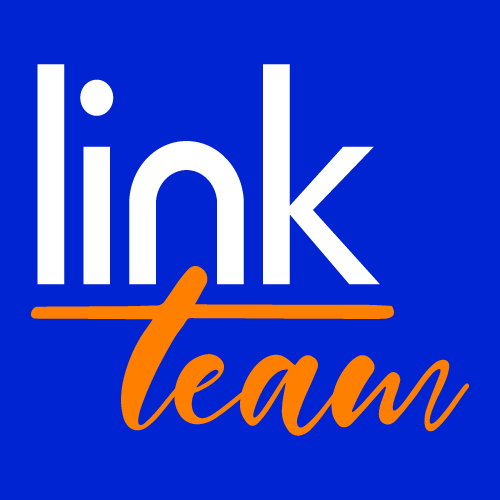
Guide to SEO Optimization for Your Website
Boost Visibility and Performance with SEO Optimization
Having a website is just the beginning; to truly stand out, designers, marketers, and entrepreneurs must understand SEO Optimization to position their projects and reach more clients. This guide offers practical advice to structure your website effectively and optimize your content, ensuring it is both user-friendly and search-engine-friendly.
1. Website Structure: The Foundation of SEO Optimization
A well-organized website improves user experience and makes it easier for search engines to understand your content. Follow these steps:
-
Create a Clear Hierarchy: Your homepage should guide users to specific sections like “Services,” “Blog,” “About Us,” and “Contact.” If you offer multiple services, consider creating separate pages for each.
-
Use Friendly URLs: Avoid complicated links like yoursite.com/?p=123. Instead, use clear URLs that include relevant keywords, such as yoursite.com/digital-marketing.
-
Intuitive Menus: Keep your navigation simple and logical. Include breadcrumbs (navigation paths) so users can easily see where they are within your site.
-
Sitemap XML: A sitemap helps search engines index your website. Plugins like Yoast SEO can generate one automatically in WordPress.
2. Optimized Content: Speak to Your Users and Google
Content is the core of SEO Optimization. Learn how to craft text that adds value and attracts traffic.
a. Research Your Keywords
Every page should focus on one main keyword and a few related ones. Tools like Google Keyword Planner can help you find relevant terms. For instance, if you’re a web designer, you might target keywords like “professional web design” or “web design services.”
b. Use Headers Correctly
Headers organize your content and signal its structure to Google.
Example:
<h1>Professional Web Design</h1>
<h2>Benefits of an Optimized Website</h2>
<h3>Top Tools for SEO Optimization</h3>
c. Write Relevant and In-Depth Content
Your content should address your audience’s questions. Key pages like “Services” or “Blog” should be between 500 and 1,000 words.
d. Optimize Your Images
Ensure images are lightweight and descriptive:
-
Rename files before uploading (e.g., web-design.jpg instead of IMG1234.jpg).
-
Add Alt Text (alternative text) that includes your keyword.
3. Technical Optimization: Don’t Overlook the Details
Google rewards websites that provide a seamless user experience.
-
Page Speed: Use tools like TinyPNG to compress images and plugins like WP Rocket to optimize caching.
-
Responsive Design: Your site should adapt to mobile, tablet, and desktop devices.
-
HTTPS Security: An SSL certificate is a must to protect user data and boost trust.
4. Maximize WordPress
If you’re working with WordPress, you already have an advantage since it allows easy customization and SEO Optimization. Pair it with these plugins:
-
Yoast SEO or Rank Math: To guide your content optimization.
-
Smush: For automatic image compression.
-
MonsterInsights: To connect Google Analytics and track your traffic.
5. Internal and External Links
Link your pages together to improve navigation and SEO Optimization. For example, in an article about “Web Design Trends,” link to your “Web Design Services” page. Similarly, reference credible external sources to reinforce your content.
Carlos Apitz and Link Team: Your Partners in SEO Optimization and Web Design
If you need expert assistance to improve your website or create compelling content, Carlos Apitz and his team at Link Team LLC are here to help. They specialize in web design and SEO Optimization, offering creative and professional solutions that help your business stand out in search engines and deliver a superior user experience. Contact them to elevate your project today.

